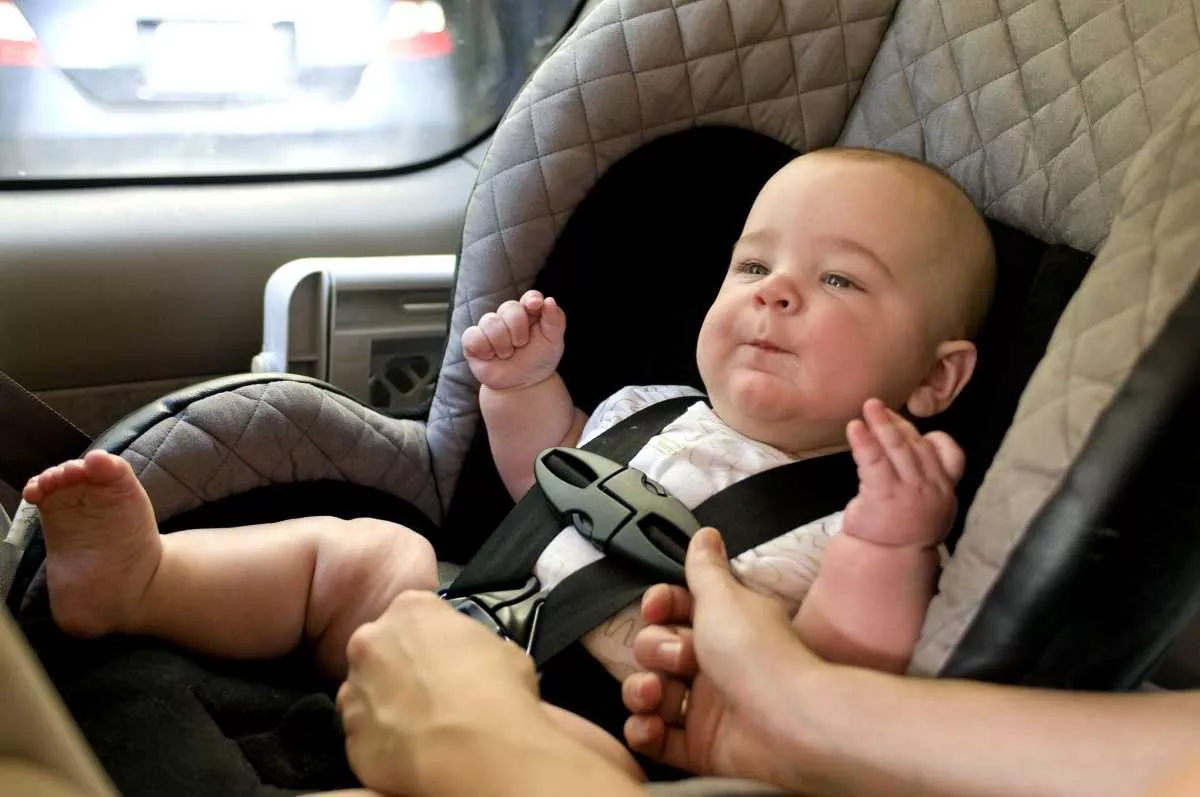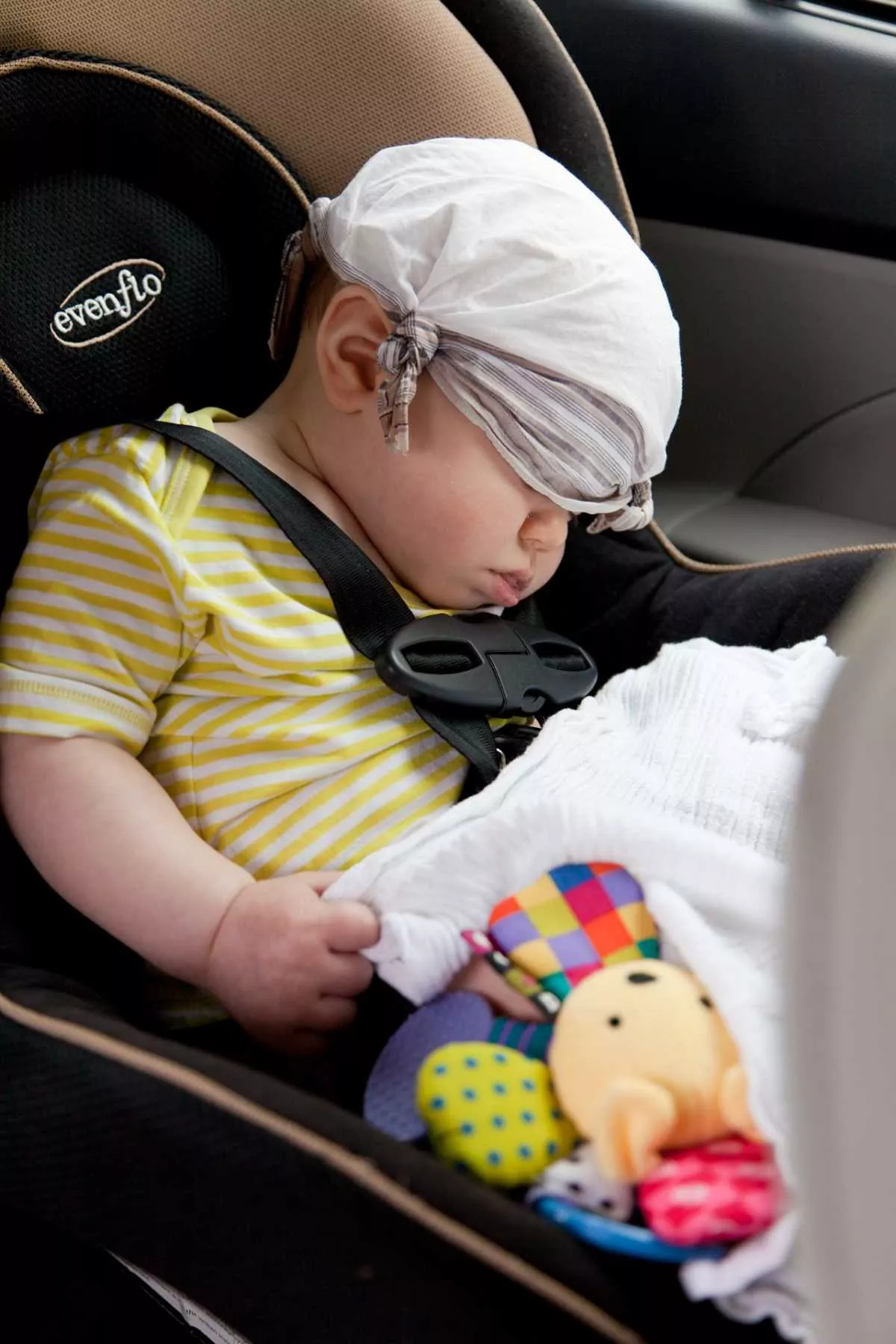Practically everyone agrees that child safety is of utmost consideration, especially when inside a moving vehicle. What many don’t seem to agree on is how to go about it, in light of the controversy surrounding the Child Seat Law.

The President doesn't want the Child Seat Law implemented at this time
No less than President Rodrigo Duterte himself has ordered the suspension of the decree, nearly two years after he signed it and four days after it was supposed to come into effect. This was relayed by Senator Christopher Lawrence “Bong” Go during a media briefing last February 6, 2021.
“Siya mismo ayaw rin niyang i-implement ito. Sabi niya, ‘not this time’,” Go said, referring to Duterte.
(Even he wants to defer the implementation of the law. He told me, ‘not this time’)
The senator said that the law will take into effect at the appropriate time. “Darating din ang panahon na mai-implement ito dahil batas na po ito. Importante po yung information campaign. Ano ho ba ito, bakit ba ipinasa ito at ano ho bang mabuting idudulot nito?”
(Someday we will have to implement this law since it has already been signed. What’s more important is an information campaign to explain what this law is about, the reasons it was passed, and the benefits it brings)

Parents will still need to take the necessary measures to protect their children while in transit
>>> Related: Is it wise to buy or sell used child car seats?
In the meantime, the Land Transportation Office (LTO) and the Department of Transportation (DOTr) will embark on a “soft enforcement” of the law, with warnings given to violators in lieu of the standard penalties.
Signed on February 22, 2019, Republic Act 11229 or the Child Safety in Motor Vehicles Act aims to protect children from injury in the event of vehicular accidents, and was originally scheduled to take effect on February 2. Data from the Philippine Statistics Authority showed that more than 12,000 or 17 percent of road crash victims between 2006 and 2014 were children.
The law requires motor vehicles to be outfitted with the appropriate child restraint systems (CRS) for young passengers up to 12 years of age and with a maximum height of 4 feet 11 inches. Non-compliance carries penalties of up to Php 5,000 and a year’s suspension of the driver’s license.
Many have criticized the law for presenting an undue financial burden for families as the country continues to grapple with the economic effects of the COVID-19 pandemic.

Government data showed that 17 percent of road crash victims are children
>>> Related: Choosing a car seat for your child: 5 critical factors to consider
Even the law’s author, former senator Joseph Victor “JV” Ejercito, expressed his support for postponing the law’s implementation, given prevailing quarantine measures that prohibit children from going outside.
“Anyway, the children have to be home. There’s no school. Supposedly they’re not traveling so it (RA 11229) becomes moot and academic. So, while there’s (a) pandemic, I would also suggest holding in abeyance the implementation of this particular law,“ he said.
Find more transport-related updates at Philkotse.com.
Recent posts
- Volvo Child Seat Safety Feb 23, 2021
- Child Car Seat Installation Jan 05, 2021
- Top 5 advanced car gadgets to prevent in-car heat stroke for children Nov 08, 2022
- A step-by-step guide to install different car seats for children Aug 18, 2023












